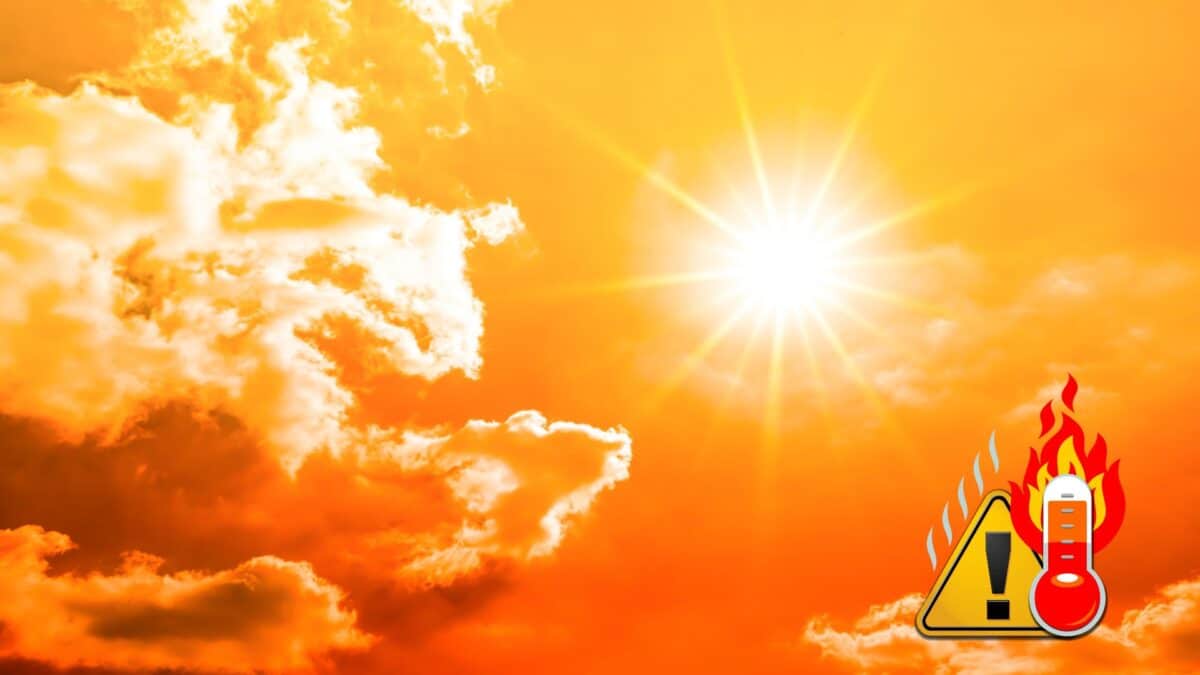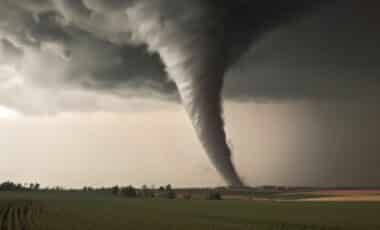As the official start of summer arrives, the United States is being hit by a dangerous heat wave, making this the first extreme weather event of the season. A heat dome, a weather pattern in which warm air is trapped over a large region, is causing widespread record-breaking temperatures and dangerous humidity levels. The National Weather Service has already issued heat advisories for numerous states, warning of significant risks to health, especially for vulnerable groups.
This extreme heat wave is expected to continue its expansion from the central U.S. to the Midwest and Northeast, affecting millions of residents. Cities like Denver, Chicago, and New York City are preparing for triple-digit temperatures in some areas. Health experts are urging the public to take precautions against the heat, as the intense conditions could lead to serious health complications.
Heat Dome Brings Triple-Digit Temperatures Across the U.S.
The formation of the heat dome over the central U.S. has triggered a wave of extreme heat, with temperatures rising well beyond seasonal norms. This weather phenomenon traps hot air in a large region, leading to a dramatic increase in temperatures, especially during the day. The heat is expected to spread across the Midwest and into the Northeast by the weekend and into next week. Cities like Denver are already seeing temperatures exceeding 100°F, while areas such as New York, Philadelphia, and Washington, D.C., are bracing for highs near or above 90°F.
The National Weather Service has issued heat warnings for parts of Nebraska, Kansas, and South Dakota, where daytime temperatures will be dangerously high. As the system continues to move east, cities in the Upper Midwest, including Chicago, are likely to experience similarly extreme conditions. In fact, many regions are expected to break minimum temperature records, with lows staying uncomfortably high throughout the night.
Vulnerability of Sensitive Groups During Extreme Heat
Extreme heat poses a significant health risk, especially for vulnerable populations, such as the elderly, children, and those with underlying health conditions. These groups are at greater risk of heat-related illnesses, such as heat exhaustion and heat stroke, which can be life-threatening if not treated promptly. Studies have shown that heat waves are becoming more frequent, prolonged, and intense, with climate change being a key factor in this trend.
Health officials are urging the public to stay hydrated, limit outdoor activities, and avoid the heat during the peak afternoon hours. Cities in affected areas are opening cooling centers to provide safe places for residents to escape the heat. In Denver, recreational centers were opened, and Chicago reopened its outdoor pools to help people cope with the rising temperatures. New York City has also made cooling stations, public libraries, and community centers available to provide relief for residents.
Dangerous heat in portions of the country today will evolve as the week progresses, culminating in potentially Extreme heat impacts from the central plains by Saturday, then into the Midwest and East Coast late this weekend and into early next work week.
— National Weather Service (@NWS) June 17, 2025
Check… pic.twitter.com/SEsePLzNio
Impact on Daily Life and Emergency Response Efforts
The heat wave is already impacting daily life in several regions, with public services working to mitigate its effects. In major cities like New York and Chicago, authorities are advising people to limit strenuous outdoor activities, especially in the afternoon, when temperatures are expected to peak. Cooling stations and public centers are providing a vital refuge for people without access to air conditioning or those needing a break from the heat.
Emergency response teams are also preparing for an increase in heat-related medical calls. Hospitals and urgent care centers are bracing for more cases of dehydration, heat exhaustion, and heat stroke. Public health campaigns are being ramped up in several states to remind people of the dangers of extreme heat and encourage safety measures.
With this early heat wave setting the tone for the season, residents across the U.S. are being urged to prepare for more extreme weather in the months ahead. The combination of heat, humidity, and climate change trends suggests that summer 2025 could be one of the hottest on record. It is expected that heat waves of this magnitude could become more common as global temperatures continue to rise.









